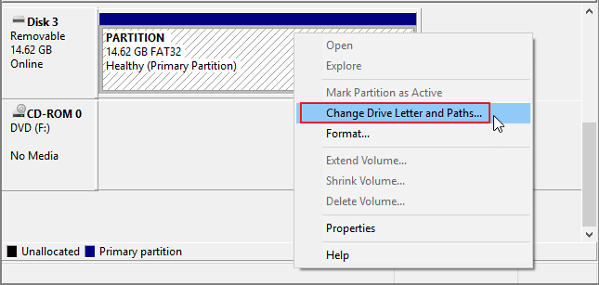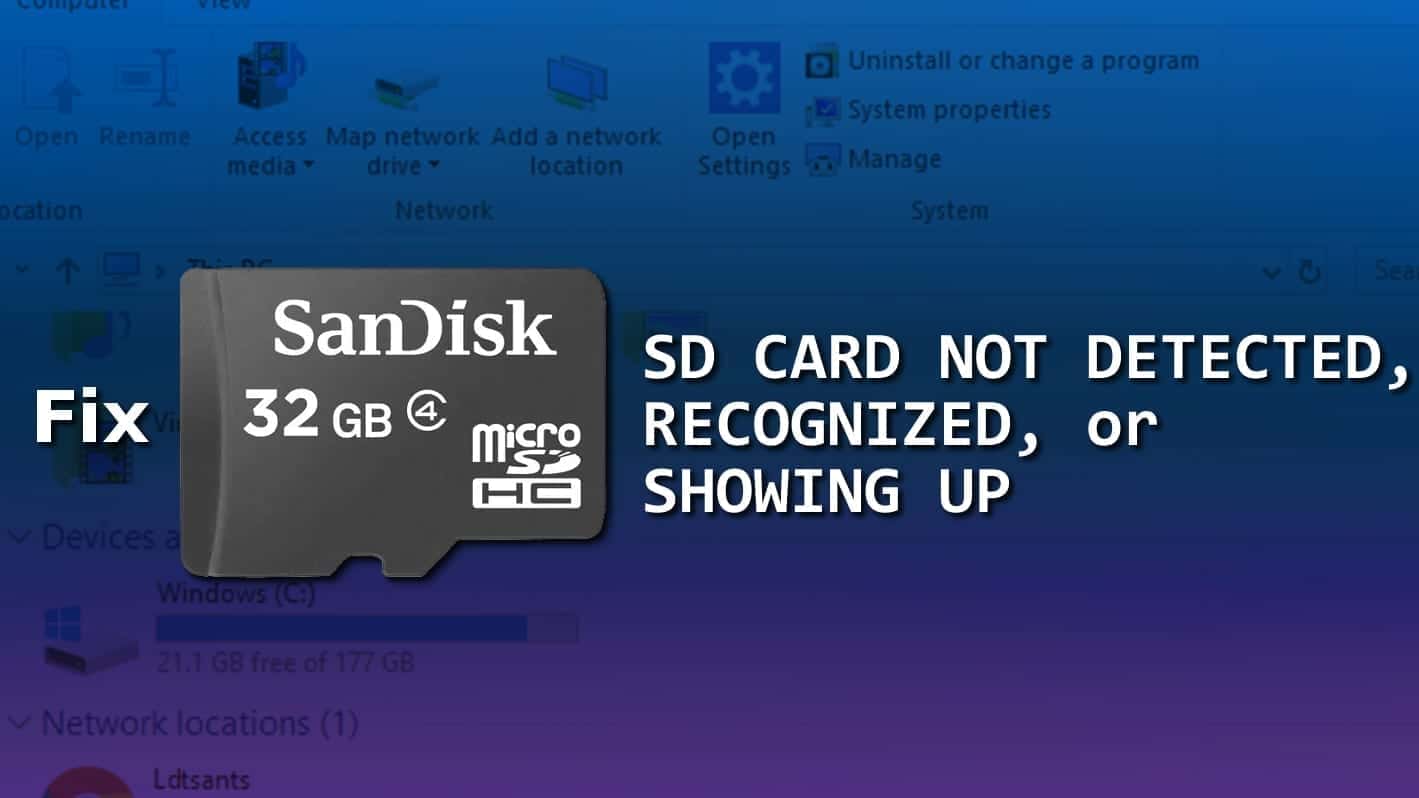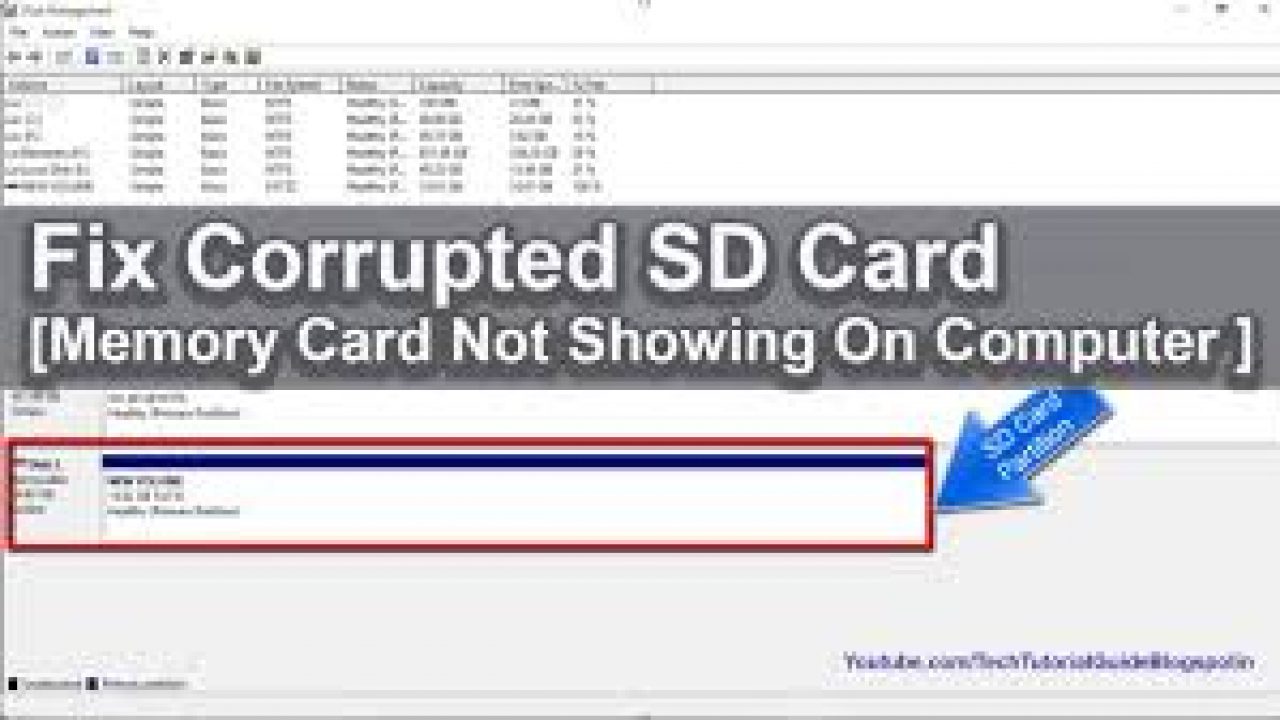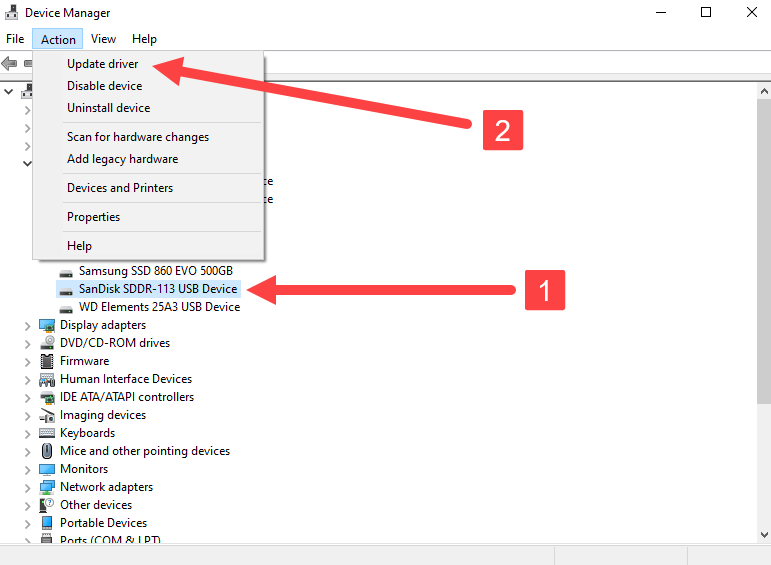
How to fix: Remove the SD card from your phone and re-insert it so the SD card springs connect properly with the SD socket. Symptom: If your memory card is not properly connected or has shifted, your phone doesn’t see the data stored on it. SD card has loose springs or lost tracks of the socket (broken memory card)

The Explorer should display the data stored on the memory card. How to fix: Instead of “Mass Storage,” select the “Media Transfer” option when connecting your phone to the computer. Symptom: You connect your phone, which has a memory card inserted, to a computer using a USB cable, and select the “Mass Storage” option, which results in the microSD card not being detected on your computer or laptop. Checkout whether it is an option by looking on the website of your memory card manufacturer. Not all manufacturers offer this for their software. Their features are considerably limited compared to SD Formatter.Ĥ. You’d be better off NOT using the standard formatting software from Windows. You’ll need a card reader and the SD Formatter app that will help you format the memory card properly. An easier and safer way to format an SD card is by using a computer. Note: We would NOT recommend the above solution to inexperienced users because if a wrong partition is formatted, all data from the internal memory of the mobile phone will be lost.ģ. This will clear the SD card and format it to FAT32, which is the most suitable for storing files on a phone. A quick, but advanced technique would be to try restarting the phone in recovery mode, and selecting “Wipe cache partition” in the Android service menu. Not all Android versions support this file system.Ģ. If the capacity of the microSD is over 32 GB, it is likely to have been formatted to exFAT. (It may have been previously used with a different operating system.)ġ.





 0 kommentar(er)
0 kommentar(er)
